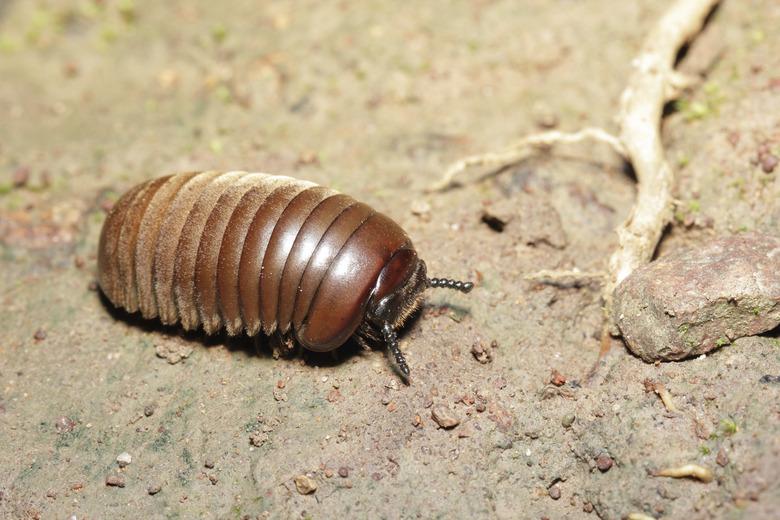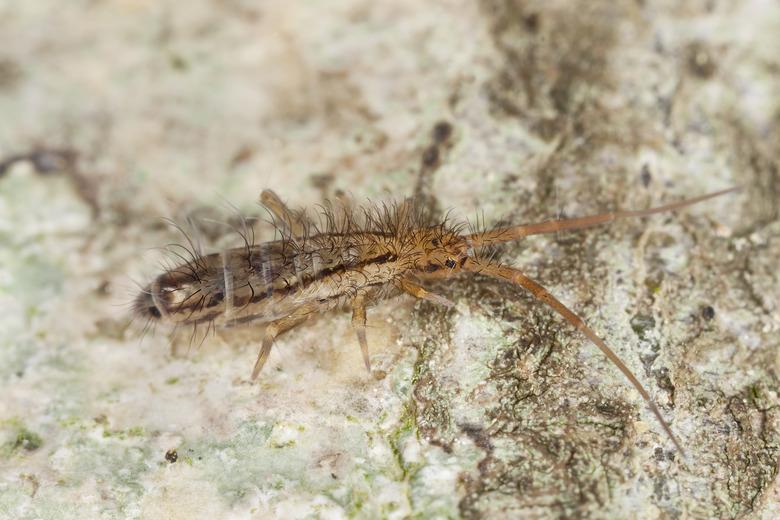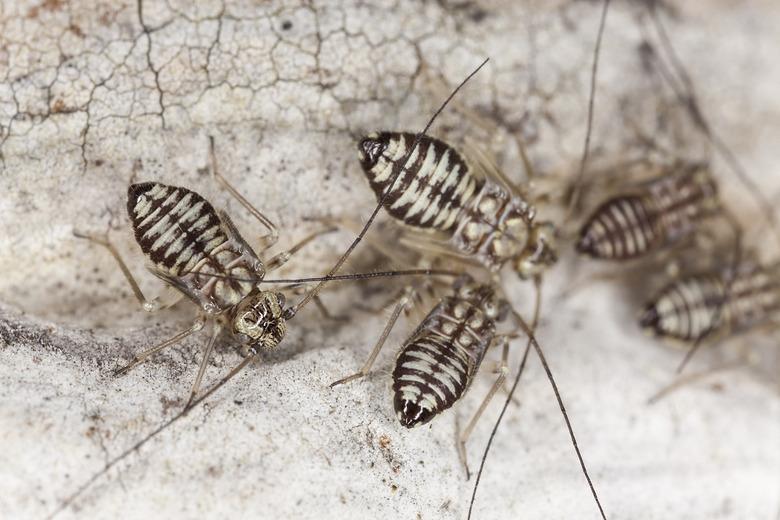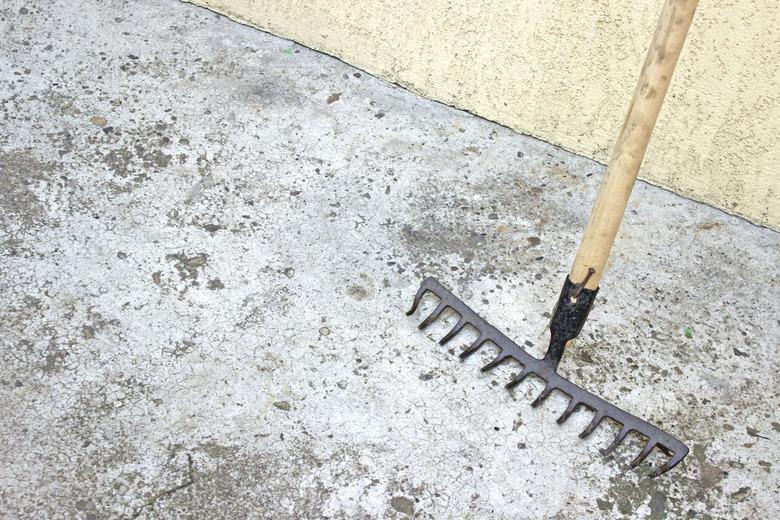Small Gray Bugs On Concrete
The small gray bugs you find on concrete may belong to any of several species of insects. Some of these insects are attracted to damp areas of concrete, such as in basements, while others can be seen crawling over relatively dry concrete walls or on sidewalks. While one or two bugs can be easily ignored, homeowners may wish to eliminate large infestations.
Getting the Jump on Springtails
Springtails are tiny, gray jumping insects. They may appear in large numbers on damp concrete or other areas where there is ample moisture, such as bathrooms. They usually live in soil, but may invade homes when outdoor conditions become too dry. Springtails are only about one-sixteenth of an inch long, they aren't known as carriers of disease and they don't bite.
Getting the Read on Booklice
Despite their name, booklice aren't actually members of the lice family. Also known as psocids, they are small gray or white bugs that resemble lice but feed on mold and fungi. Booklice are often found in moist areas where mold or fungi might be growing, such as basements. These insects are less than one-sixteenth of an inch and can run quickly. Booklice don't bite or carry diseases, but they can contaminate cereals or other dry food. To eliminate booklice, simply reduce the relative humidity.
Pillbugs and Sowbugs
Pillbugs and sowbugs are small gray pests that are closely related to crawfish and shrimp. Another name for these bugs is "roly-polies," referring to their tendency to roll into a ball if disturbed. They are more likely to be found in concrete areas near gardens, but they may occasionally end up indoors. These bugs require high levels of moisture to survive. They're no threat to humans because they don't transmit diseases or bite.
Controlling Bugs on Concrete
Many small gray bugs that thrive on damp concrete indoors will not do well if you reduce household moisture with a dehumidifier. To manage outdoor bugs that live on concrete patios or walkways, remove excess moisture by raking up piles of leaves, sweeping up mulch, and brushing away any standing water. If you are unable to control excessive bug populations, contact a pest control expert.




